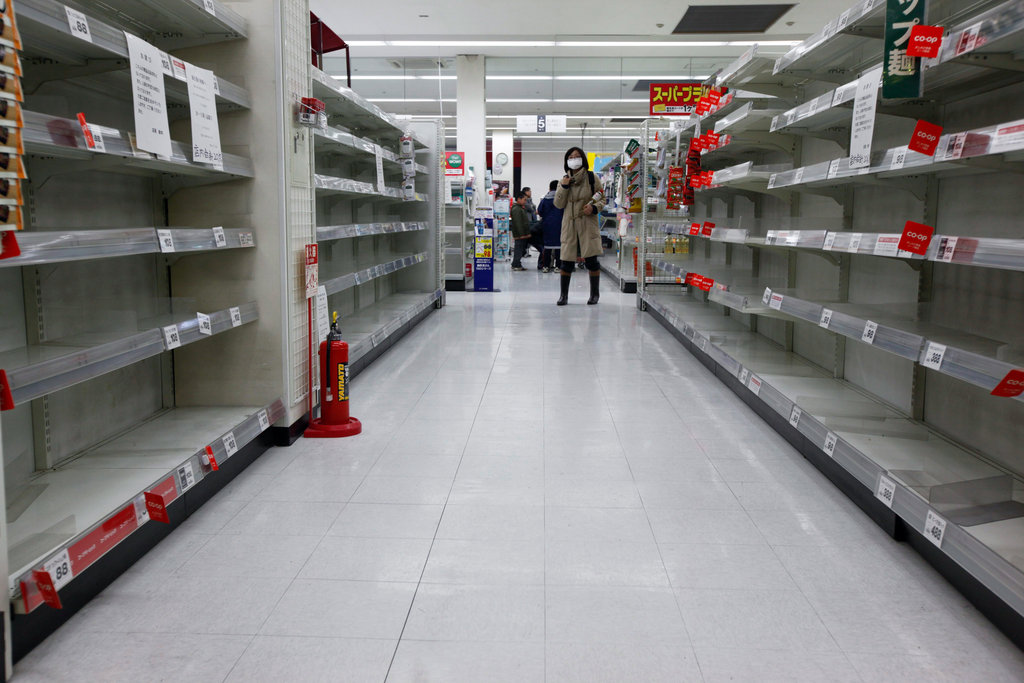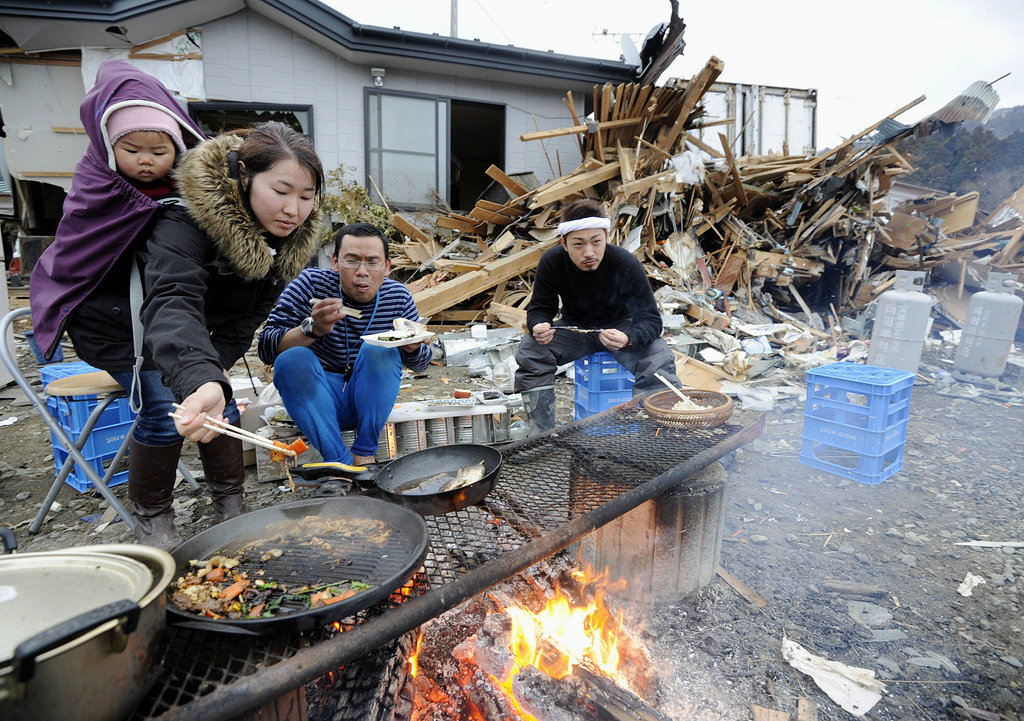 Are you prepared for a natural disaster?
I live on an island with an active volcano. It would be foolish not to prepare. But, I haven't done so. Have you?
Are you prepared for a natural disaster?
I live on an island with an active volcano. It would be foolish not to prepare. But, I haven't done so. Have you?
Even though we've had two tsunami warnings and two small (4.5 and 4.9) earthquakes in the last year, until the disaster in Japan, my mind did not turn to disaster preparedness.
Thailand, Katrina, Haiti, Queensland, Christchurch, Japan. Disasters seem to be happening in rapid succession. It's possible more are on the way. We don't need to panic. But, it's clear we need to prepare.
10 Basic Tips to Prepare for a Disaster
So how do you prepare for a disaster? This is what I've learned from my recent research.
Disaster preparedness is actual complex if you start thinking about actions like bolting down your gas water heater and bracing overhead light fixtures. All these types of actions are important to consider, but the first step is to create a disaster preparedness kit.
The following tips cover only the essential items you need to help you cope in response to a disaster. There's more to consider, but these steps will give you a good start. Remember, the bottom line is water, food, and shelter. After the disaster in Japan, more than 2 million people were without water. Another 500,000 were homeless. These are real possibilities. So focus on the priorities first. Then, add the other items to your kit.
Keep your supplies in an easy to carry kit. There's actually quite a lot on this list so use your imagination when it comes to an appropriate container. Store your kit in an accessible place, one that will be within reach once a disaster strikes. It's also wise to have a set of basic emergency supplies in your car and at work.
These are the most essential items:
1. Water
1-2 gallons of water per person, per day. A 3-day supply for evacuation, a two-week supply at home.
2. Food
Easy to prepare, non perishable items and a mechanical can opener. Canned soup, meat, vegetables, and fruit. A 3-day supply for evacuation, a two-week supply at home. For food preparation, have on hand a simple barbeque, charcoal and starter fuel or 1 propane unit with 2 canisters of propane and some basic cooking utensils. Don't forget waterproof matches or lighters.
3. Shelter
An emergency blanket, sleeping bag or regular blankets, and tent.
4. Medical
First aid kit, a supply of essential medicines for at least a week, other crucial medical supplies like an inhaler.
5. Light
Flashlights, extra batteries, and extra bulbs. Candles. Waterproof matches or lighter.
6. Radio
A battery-powered AM/FM radio.
7. Cash
Cash machines won't work without electricity. Have a minimum of $50 on hand in small bills plus phone change.
8. Cell Phone and Charger
Although a cell phone may not work in a disaster, it might also be your line to life-saving support.
9. Sanitation and Personal Hygiene Items
Toilet paper, toothbrush, soap and other essential supplies.
10. Personal Documents
Driver's license, birth certificate, passports, insurance policies, proof of address or lease, medication list and medical information, copies of credit cards, checks.
Everyone's situation will vary so you need to adapt the list to your own circumstances and the types of disasters that might occur in your region. If you are able to drive, there's no guarantee you will be able to obtain gas since fuel pumps depend upon electricity.
In addition to creating a disaster preparedness kit with the items like the ones listed above, the Red Cross also recommends taking time to:
- create an emergency plan with your family;
- educate yourself and your family about the type of disasters that might occur in your community;
- have one household member trained in first aid and CPR/AED.
Keeping It Simple
I suggest tying to prepare in a simple but complete way. Do only the necessary without going overboard.
There's more to disaster preparation than this basic list, but I hope this list will inspire you to begin or fine tune your preparations further.
Life is precious. Preparation saves lives. It's that simple.
Are you prepared for a disaster? Do you find it hard to prepare? Are there other important items that you would add to the list? How can we prepare in a greener way?
Photos: NY Times
Thank you for your presence, I know your time is precious! Don’t forget to sign up for my e-letter and get access to all the free self-development resources (e-books, mini-guides + worksheets) in the Always Well Within Library. May you be happy, well, and safe – always. With love, Sandra

